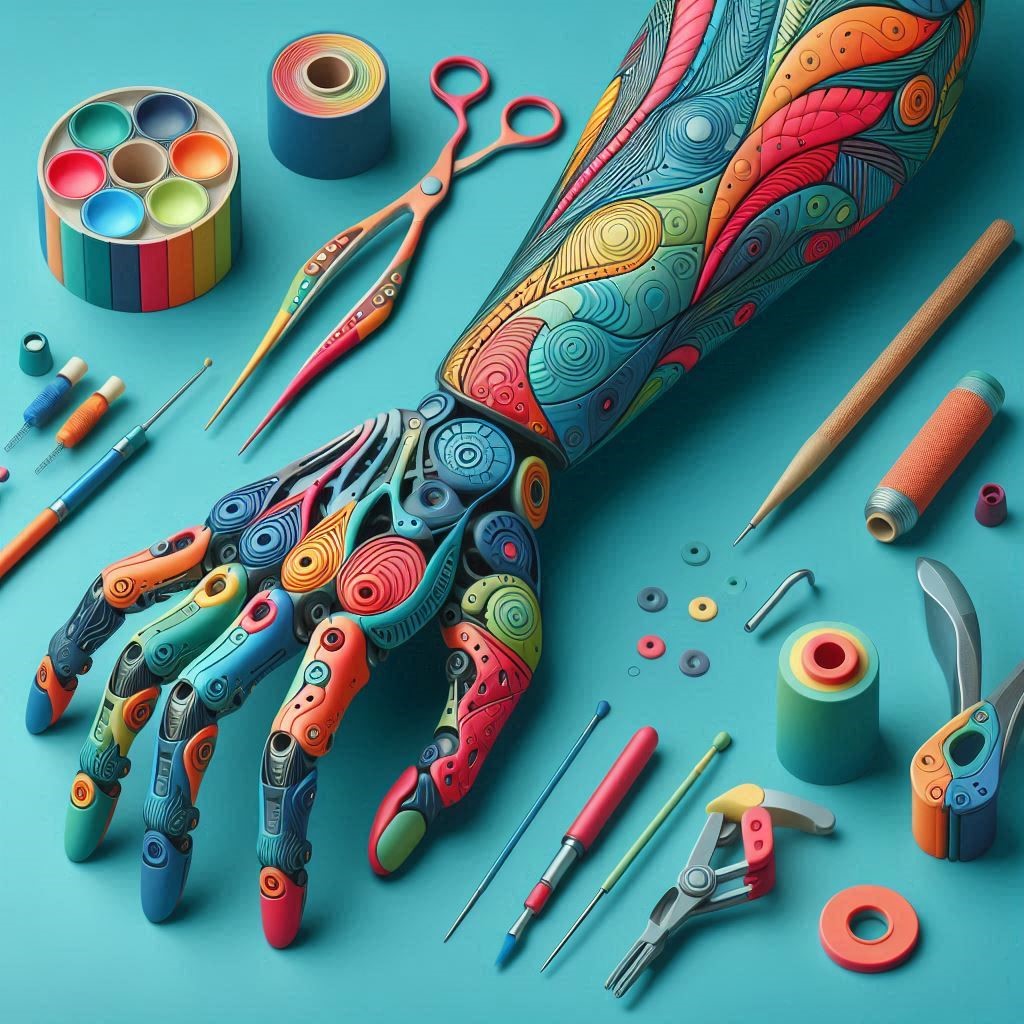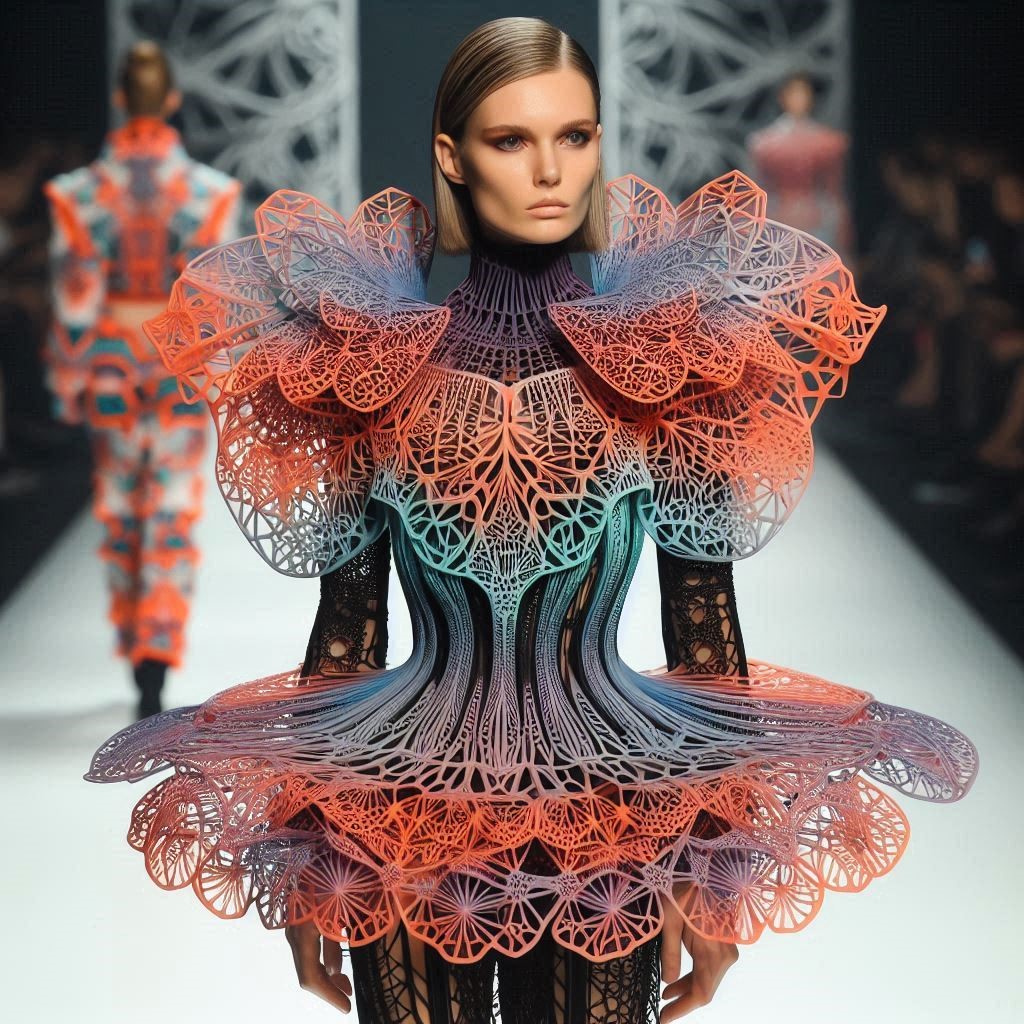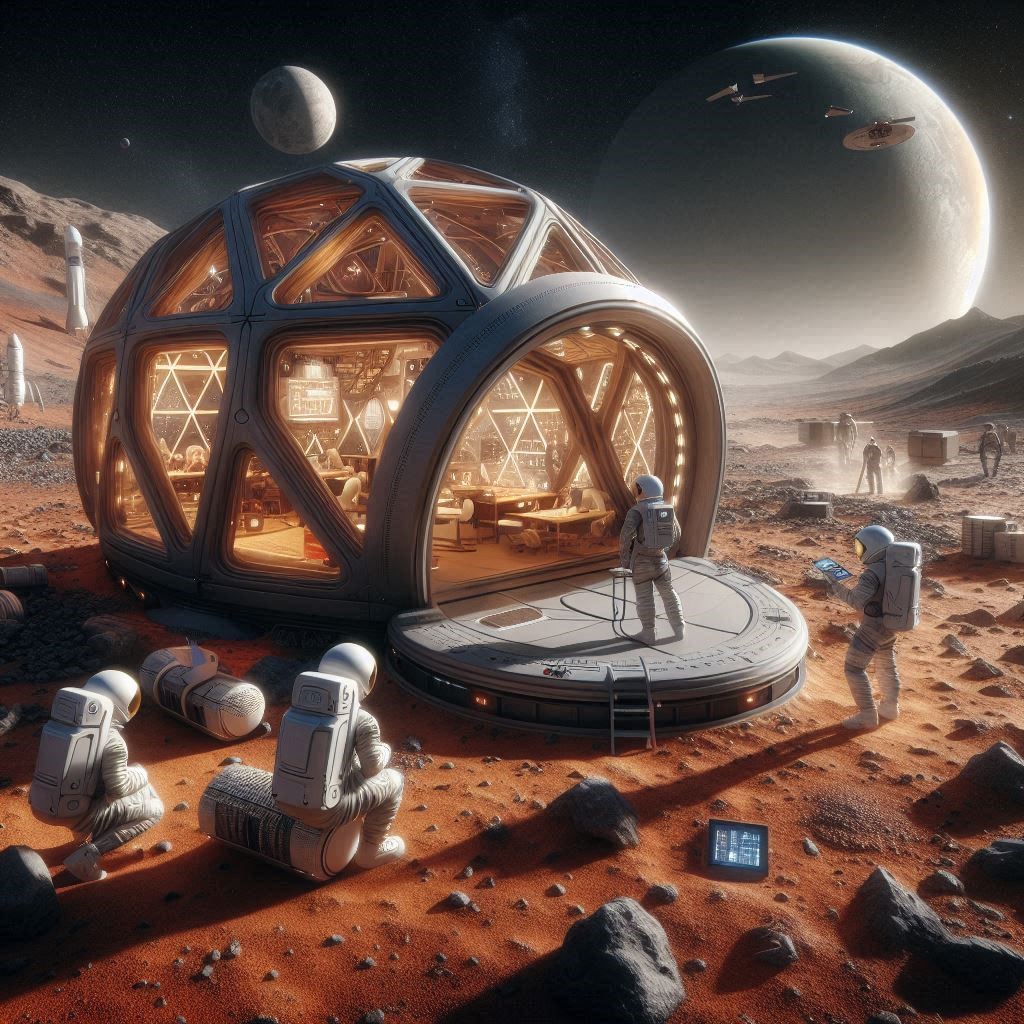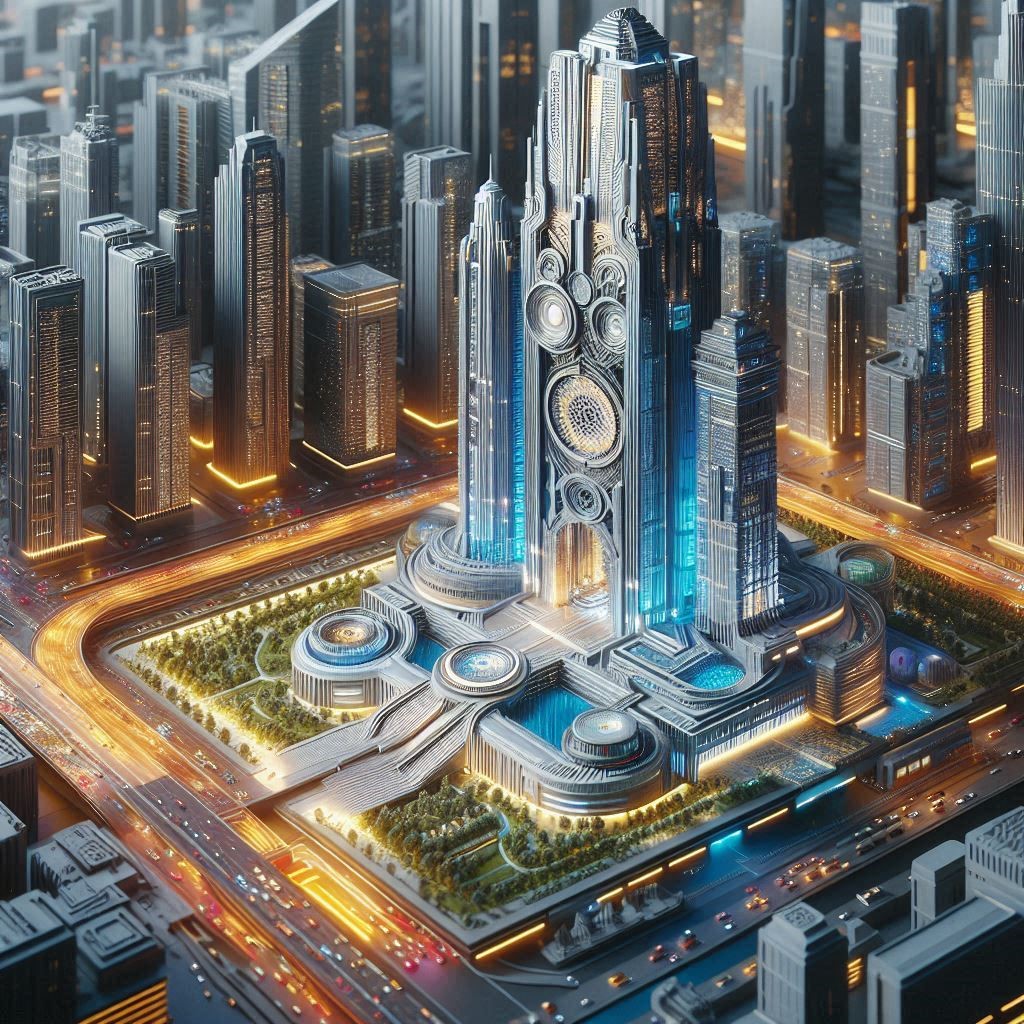3D printing has transformed from a niche technology to a revolutionary force impacting various industries. What was once confined to prototyping and specialized manufacturing is now accessible to hobbyists, educators, and entrepreneurs. This blog post will explore some of the coolest 3D prints that are not only innovative but also highlight the technology’s diverse applications and its potential to shape our future.

The Rise of 3D Printing
3D printing, or additive manufacturing, involves creating three-dimensional objects layer by layer from a digital model. The technology has advanced rapidly since its inception in the 1980s, evolving from basic plastic prototypes to intricate designs crafted from a variety of materials including metals, ceramics, and even biological materials.
How 3D Printing Works
At its core, 3D printing uses computer-aided design (CAD) software to create a virtual model. This model is sliced into thin horizontal layers, which guide the printer in building the object. The most common types of 3D printing technologies include:
- Fused Deposition Modeling (FDM): This technique uses a filament that is melted and extruded to build layers.
- Stereolithography (SLA): In this method, a liquid resin is cured with UV light, allowing for highly detailed prints.
- Selective Laser Sintering (SLS): This process uses a laser to fuse powdered materials, often resulting in strong and durable objects.
These technologies enable a range of exciting applications, from creating custom jewelry to developing complex aerospace components.

Cool 3D Prints to Inspire You
1. Personalized Prosthetics
One of the most heartwarming applications of 3D printing is in the field of prosthetics. Companies like E-nable have harnessed this technology to create customized prosthetic limbs for children. These prosthetics are not only tailored to the individual’s measurements but can also be designed with vibrant colors and patterns, making them more appealing to young users. The ability to create affordable, lightweight, and personalized prosthetics is a game-changer in the medical field, enhancing the quality of life for many.
2. Architectural Models
Architects and real estate developers have embraced 3D printing for creating intricate scale models of buildings. These models help clients visualize projects more clearly than traditional blueprints. Zaha Hadid Architects, for example, utilizes 3D printing to craft complex and fluid forms that are often impossible to achieve with conventional construction methods. This not only saves time and resources but also allows for a more hands-on approach to design.
3. Fashion Forward
The fashion industry is experiencing a revolution thanks to 3D printing. Designers like Iris van Herpen have pushed the boundaries of wearable art, creating stunning garments that combine technology with haute couture. One iconic piece, the “Voltage” dress, features intricate lattice structures that would be nearly impossible to create through traditional means. This innovative approach allows for customization and reduces waste, aligning with sustainable practices in fashion.
4. Functional Art
3D printing allows artists to create unique pieces that blend functionality and aesthetics. For instance, designer Janne Kyttanen is known for his work in creating furniture and lighting fixtures that embody organic shapes. His designs challenge conventional forms and make use of the material properties that 3D printing offers, leading to striking, one-of-a-kind pieces that serve both decorative and practical purposes.
5. Food Printing
The culinary world is also getting a taste of 3D printing. Foodini, a 3D food printer, allows chefs to create intricate designs with edible ingredients. From personalized chocolate creations to intricate pasta shapes, this technology expands the possibilities for culinary creativity. Imagine dining at a restaurant where your meal is not only delicious but also beautifully crafted right before your eyes!

6. Bioprinting
One of the most groundbreaking applications of 3D printing is in the field of bioprinting, where living cells are printed to create tissues and organs. Companies like Organovo are pioneering the creation of functional human tissues for medical research and potentially organ transplantation in the future. This technology could address the significant shortage of organ donors and revolutionize medical treatments, providing hope for countless patients.
7. Space Exploration
NASA has been exploring the potential of 3D printing for space missions. The 3D Printing in Zero-G project has demonstrated the ability to print tools and spare parts on the International Space Station. This capability reduces the need to send supplies from Earth, which can be costly and time-consuming. Additionally, 3D printing can be used to create habitats using materials found on other planets, paving the way for future colonization efforts.

8. Customized Gadgets
Hobbyists and tech enthusiasts are utilizing 3D printing to create customized gadgets and accessories. From personalized smartphone cases to drone parts, the ability to design and print unique items at home empowers individuals to express their creativity. Platforms like Thingiverse offer a vast repository of user-generated designs, enabling users to find and print nearly anything they can imagine.
9. Sustainable Solutions
As environmental concerns rise, 3D printing is being explored as a means to create sustainable solutions. Companies are experimenting with biodegradable materials and recycling plastic waste into printable filaments. For example, Precious Plastics encourages users to collect plastic waste and turn it into usable materials for 3D printing. This not only promotes recycling but also empowers communities to take action against plastic pollution.
10. Medical Models for Training
Medical professionals are using 3D printing to create detailed anatomical models for training and surgery preparation. These models provide a more realistic and tactile experience compared to traditional textbooks or 2D images. Surgeons can practice complex procedures on these replicas, improving their skills and ultimately enhancing patient outcomes.
The Future of 3D Printing
The applications of 3D printing are expanding rapidly, and as technology continues to evolve, we can expect even more groundbreaking innovations. Potential future developments include:
- Multi-Material Printing: The ability to print with multiple materials in a single object, allowing for more complex designs and functionalities.
- On-Demand Manufacturing: Localized production of goods could reduce supply chain issues and lower carbon footprints.
- 3D Printed Electronics: Researchers are exploring ways to integrate electronics directly into 3D printed objects, leading to smarter devices.
Conclusion
The world of 3D printing is a fascinating landscape filled with innovation and creativity. From personalized medical solutions to artistic expressions, the possibilities are virtually limitless. As technology continues to advance and become more accessible, we can expect to see an increasing number of cool 3D prints shaping our future. Whether you’re a hobbyist, a professional, or simply curious, now is the perfect time to explore the incredible potential of 3D printing.


